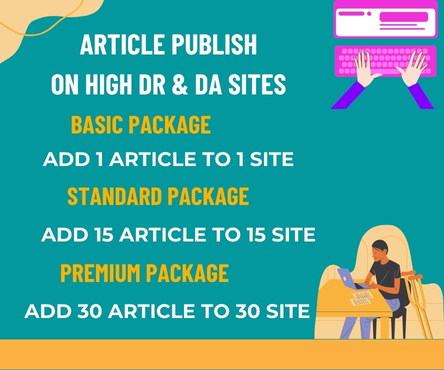In the vast digital landscape, a website is often the first point of contact between a business and its potential customers. As such, the design of a website plays a pivotal role in shaping online experiences and determining the success of an online venture. A well-crafted website design can captivate audiences, convey a brand’s message, and drive conversions, while a poorly designed website can repel visitors and harm a business’s reputation.
First Impressions Matter
When visitors land on a website, they form an opinion about the brand within seconds. A website’s design is the first thing that catches their attention, and it can either draw them in or drive them away. A clean, modern, and responsive design can create a positive first impression, conveying a sense of professionalism and credibility. On the other hand, a cluttered, outdated, or slow website can lead to high bounce rates and a negative user experience.
User Experience (UX) and User Interface (UI) Design
User experience (UX) and user interface (UI) design are two critical components of website design. UX design focuses on creating a seamless and intuitive experience for visitors, ensuring that they can easily navigate the website and find what they’re looking for. UI design, on the other hand, deals with the visual aspects of the website, including typography, color schemes, and graphics. A well-designed UX/UI can enhance user engagement, boost conversions, and foster brand loyalty.
Key Elements of Effective Website Design
Several key elements contribute to effective website design. These include:
- Responsiveness: A website that adapts to different screen sizes and devices, ensuring a smooth user experience across desktops, laptops, tablets, and smartphones.
- Clear Navigation: A simple and intuitive navigation system that helps visitors quickly find the information they need.
- Visual Hierarchy: A clear visual hierarchy that guides visitors’ attention to the most important elements on the page.
- Typography: A clear and readable typography that communicates the brand’s message effectively.
- Color Scheme: A color scheme that reflects the brand’s personality and resonates with its target audience.
- Imagery: High-quality images that support the brand’s message and enhance the overall user experience.
The Impact of Website Design on Business Success
A well-designed website can have a significant impact on business success. It can:
- Enhance Brand Credibility: A professional-looking website can establish a business as credible and trustworthy.
- Drive Conversions: A website that is optimized for conversions can increase sales, leads, and sign-ups.
- Improve User Engagement: A website that provides a positive user experience can increase user engagement, reduce bounce rates, and foster brand loyalty.
- Support Search Engine Optimization (SEO): A website that is designed with SEO best practices in mind can improve its search engine rankings and drive more organic traffic.
Best Practices for Website Design
To create an effective website design, businesses should follow best practices such as:
- Conducting User Research: Understanding the target audience’s needs, preferences, and behaviors.
- Creating a Clear Content Strategy: Developing a content strategy that supports the business’s goals and resonates with its target audience.
- Testing and Iterating: Testing the website’s design and iterating based on user feedback and performance data.
- Staying Up-to-Date with Design Trends: Keeping up with the latest design trends and technologies to stay ahead of the competition.
In conclusion, website design plays a crucial role in shaping online experiences and determining the success of an online venture. By understanding the importance of UX/UI design, incorporating key elements of effective website design, and following best practices, businesses can create a website that captivates audiences, drives conversions, and supports business success.

